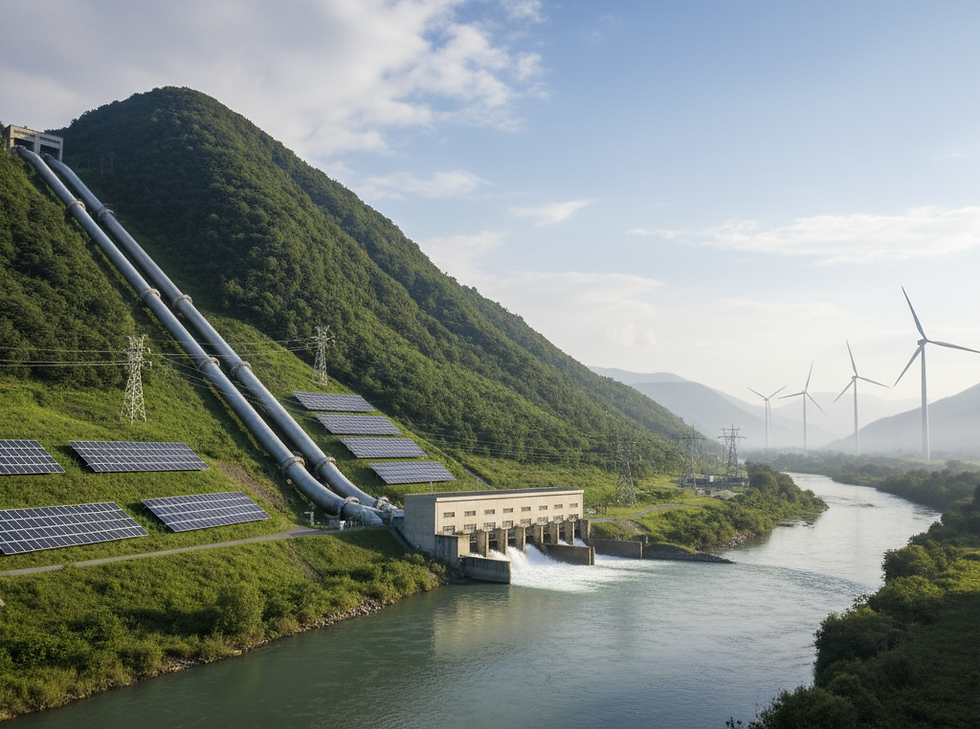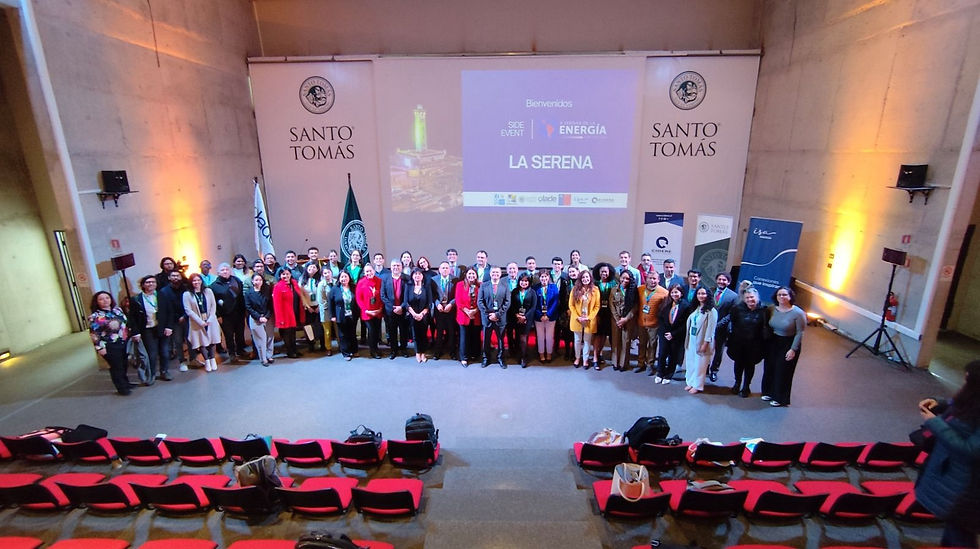How does Suncast's new service for wind plants work?
- Comunicaciones Suncast

- Dec 20, 2021
- 2 min read
Wind generation is one of the most important renewable energy sources in the world. So much so that between 2019 and 2020 the installed capacity of said source of generation through wind increased 53 percent, going from 60.8 gigawatts (GW) to 93 GW in 2020, this according to the Global Wind Energy Council ( GWEC).
According to the Chilean National Energy Commission (CNE), there is an installed wind generation capacity in our country of 2,571 Megawatts (MW), or 9.6 percent of Chile's total electricity generation capacity.
In markets like Mexico, where Suncast is entering, they have more than triple the installed capacity with 8,100 MW.
This substantial development that has taken place in the main economies of the world must be accompanied by a wide network of suppliers in different products and services, which will improve the performance of wind turbines.
This is where the Artificial Intelligence developed by Suncast comes in, which allows wind farms to have an effective solution to automatically report generation forecasts to electrical system operators, with a margin of error in line with what is authorized.
This service places Suncast as the first Chilean company to develop digital services for wind energy.
Suncast has a long history applying its Artificial Intelligence model to photovoltaic solar plants, however, in the case of the solution for wind plants, it changes the variable corresponding to the climatological data, because while in the case of solar plants it is measured mainly radiation and temperature, in the case of the wind solution it is considered wind speed, atmospheric pressure and level of precipitation, among others.
But that is not all. Suncast's new service for wind plants meets the requirements of the authorities, and goes beyond. In November 2020, CEN reported that wind power plants reached an average daily MAE error of 12.2 percent, and its expert system an error of 11%. In our pilot with Engie, with the first foray of 3 months, we reached an error of 8.3%. Likewise, regarding solar, they reported a national average error of 5.5% or, and the expert system an error of 3.6%, we have advanced in our models obtaining up to 2.5% error.

.png)




Comments